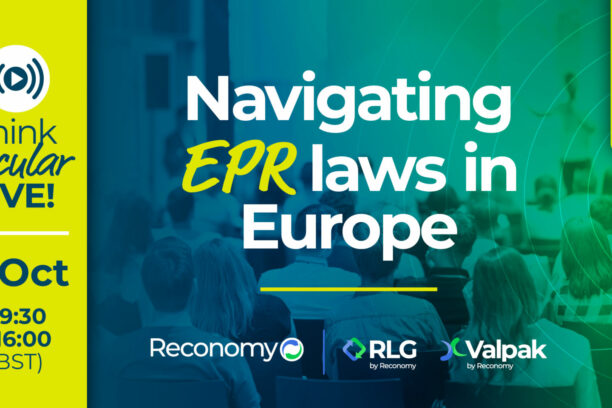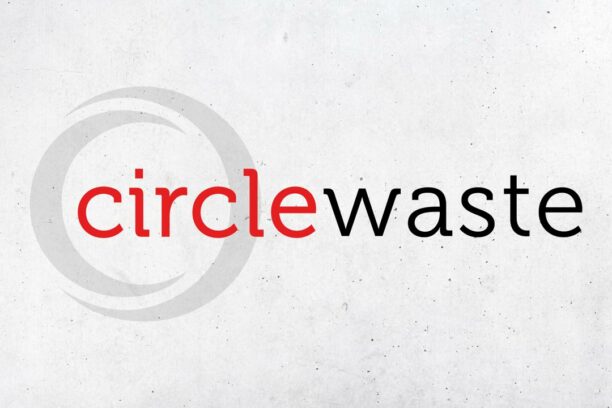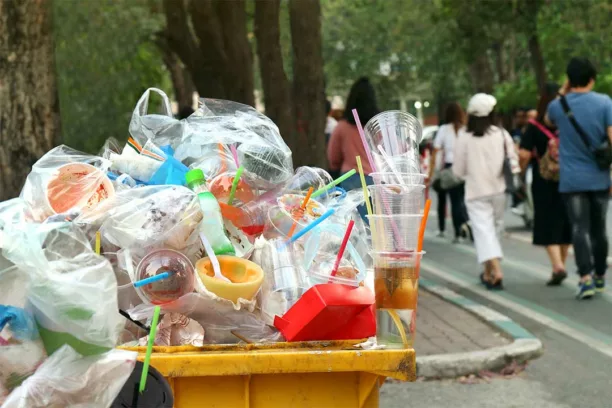Single-Use Plastic Fund Act: New obligations for manufacturers and importers of single-use plastic products as of 01 January 2024
Background
Results from years of collections from European beaches show that over 80 per cent of the waste found is plastic. About half of this collection was identified as single-use plastic products and assigned to specific product categories. EU Directive 2019/904 (on reducing the impact of certain plastic products on the environment) addresses this issue and takes action on 10 product categories.
What is the Single-Use Plastic Fund Act (EWKFondsG)?
The Single-Use Plastics Fund Act (EWKFondsG) provides the legal framework for the implementation of the Single-Use Plastics Fund. This fund is used to levy charges on specific products containing plastic. The producers of these products pay levies prescribed by law into this fund. These funds are used to cover the costs of collection, disposal and cleaning of plastic-containing products disposed of in public.
Which products are affected?
Producers of certain plastic-containing products are required to pay into the single-use plastic fund.
These include
• Food containers for direct consumption
• Bags and film packaging containing food
• Beverage containers
• Beverage cups
• Plastic carrier bags
• Wet wipes
• Balloons
• And certain tobacco products
From 2026, manufacturers of fireworks will also be affected by the Single-Use Plastics Fund Act.
Affected companies must register with the Federal Environment Agency and report their quantities placed on the market from 2024.
These are the basis for a levy to be paid into the new single-use plastic fund.
Under the Single-Use Plastics Fund Act, companies are obliged to pay into the Single-Use Plastics Fund depending on the quantity and type of single-use plastic products first made available or sold on the market. This annual payment is determined by a specific special levy, known as the single-use plastic levy, and calculated by the Federal Environment Agency. The exact levy rates are determined by legal ordinance and are based on the quantities reported by manufacturers.
Failure to register or to register properly is to result in automatic sales bans. The single-use plastic products may then, among other things, neither be made available on the market nor sold.
Which costs are financed by the single-use plastic fund?
The levies of the producers flow into different cost areas:
1. collection costs: these include the infrastructure for waste collection, the operation of this infrastructure as well as transport and disposal costs.
2. clean-up costs: clean-up work to remove single-use plastic waste from the environment is funded.
3. awareness-raising costs: costs for education on waste prevention options are incurred and covered.
4. data collection and transmission costs: data regarding collection and disposal of single-use plastic products are collected and transmitted, the costs of which are borne by the producers.
5. administrative costs: The Federal Environment Agency administers the Single-Use Plastic Fund, and the costs of these administrative tasks are also covered by the producer levies.
Keeping up to date with Noventiz
At Noventiz, we support companies throughout Germany and Europe in all matters relating to environmental compliance. Do you have any questions about our EPR services? Feel free to contact us!






